Alright – so today we’ve got the honor of introducing you to Kira Okshewsky. We think you’ll enjoy our conversation, we’ve shared it below.
Kira, thanks for joining us, excited to have you contributing your stories and insights. Are you happier as a creative? Do you sometimes think about what it would be like to just have a regular job? Can you talk to us about how you think through these emotions?
I am happy that I chose to be an artist because art is such a broad subject and allows me to reach into other fields such as science, education, videogames, engineering, advertisement and movies. There’s a lot that art has influence over and I love finding the connections between them. At points I do wonder what it would have been like if I chose to do a “regular” job and I can see myself doing it but not without art having some connection. There is a drive to create that every artist has and even when they are focused on other interests, art will always find a way into your life. When I use to work with horses and walked through the old barn, I would start redesigning it in my head with new stall doors or having a carved name plate for each of the horses. In the end I feel that no matter what field I would have gone into I would have ended up in art since it is what truly brings me joy.
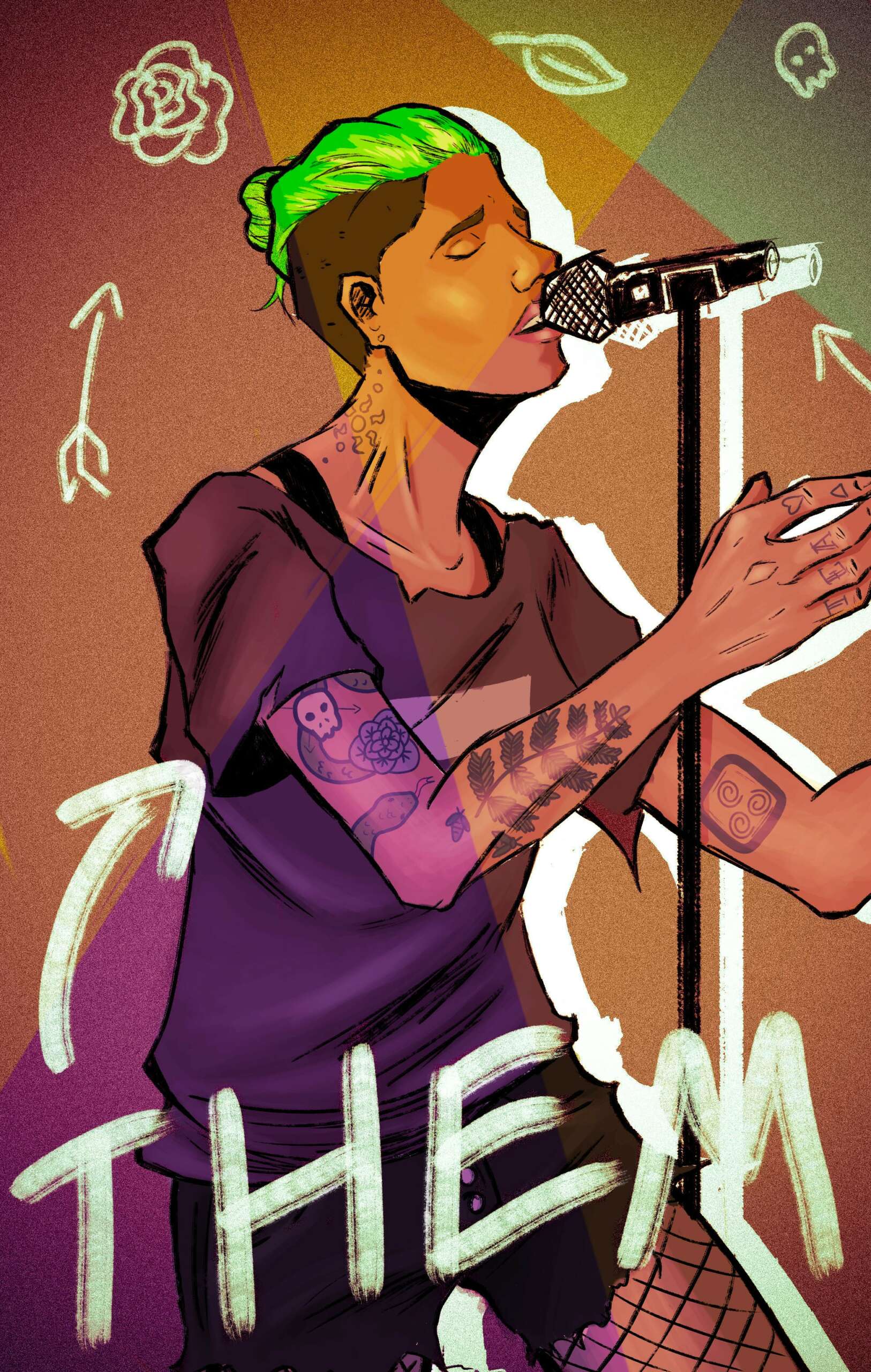
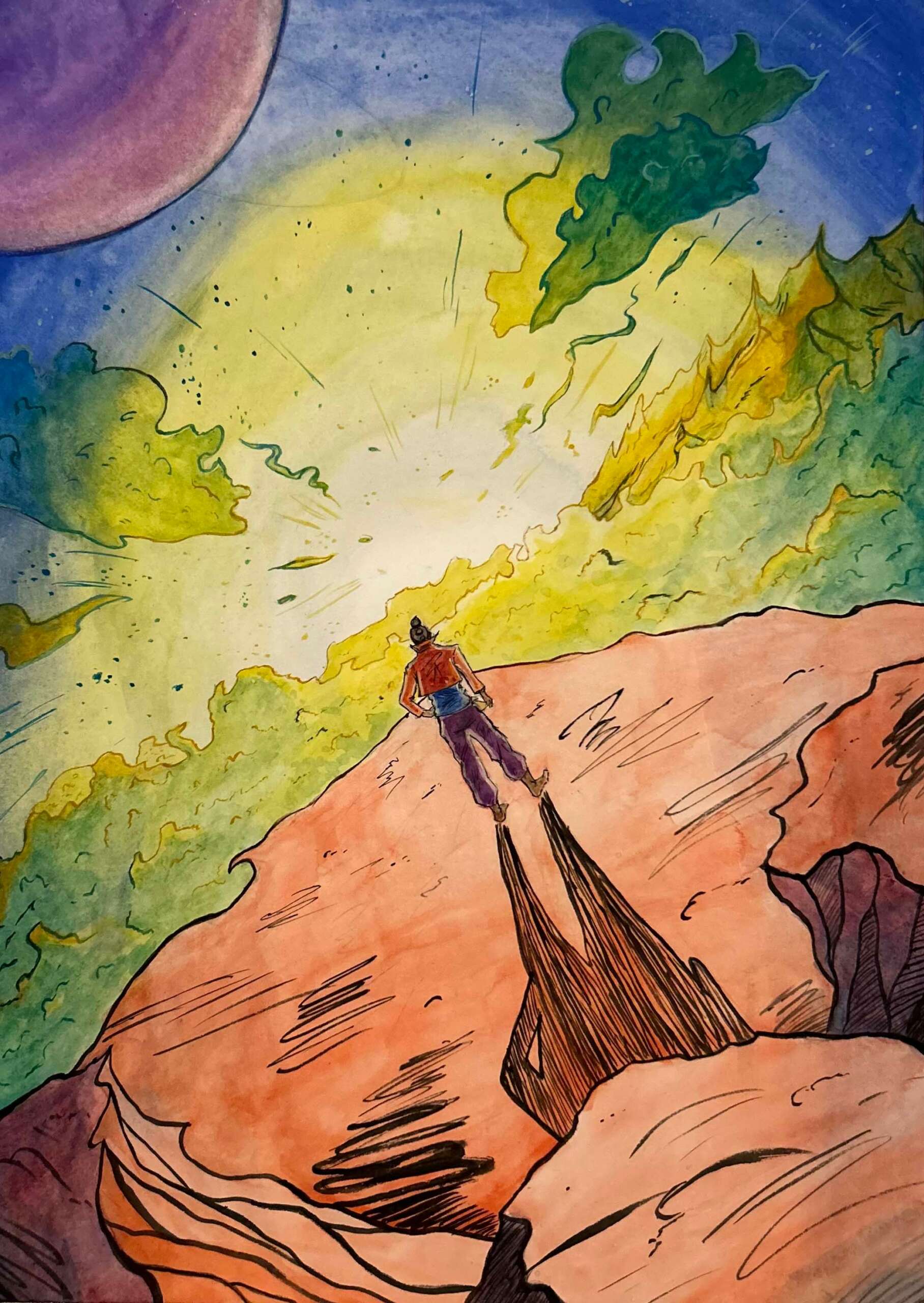
Awesome – so before we get into the rest of our questions, can you briefly introduce yourself to our readers.
I’m Kira Okshewsky and I’m 22 years old and grew in Maryland. Some of my interests that are not related to my art career are gaming, horseback riding, music, playing guitar and exploring nature. I first started when I was young and just doodling, which I continued till I got to high school and then I got my first costumer. My Aunt was a doctor and knew I was an artist, she asked me if I was able to illustrate a image for a medical book. This is what made me realize I should continue to focus on art in college and as I worked up to graduating small offers from friends and family continued.
My art practice itself is balanced now between 2D and 3D work. I work traditional along with digital, watercolor and acrylic. My illustrations tend to focus character design and world-building which I then turn into stories. I enjoy adding humor to characters and the stories while also focusing on the struggles of each character that people may relate to. The worlds I create tend to lean towards the fantastical and wonderful such as worlds with reversed weather or there being no oceans. With each breathtaking world, there will be hidden dangers that the characters must face.
When it comes to my sculptures there are similar consistencies of topics as my illustrations. I tend to create pieces that have a story to them that the viewer can then imagine. The mediums I work with are mostly wood though I also use metal, found objects, and electronics. I tend to work without using machines due to the process of just using my hands being so satisfying. My main focus recently when it comes to sculpture has been a collaboration with a classmate. We focus on building pieces that are made from wood and play with the ideas of lights and kinetics but mostly the concept of wonder. As a collaborative duo exploring our art practice, our goal is to create art that speaks to the innate sense of child-like curiosity and fascination.

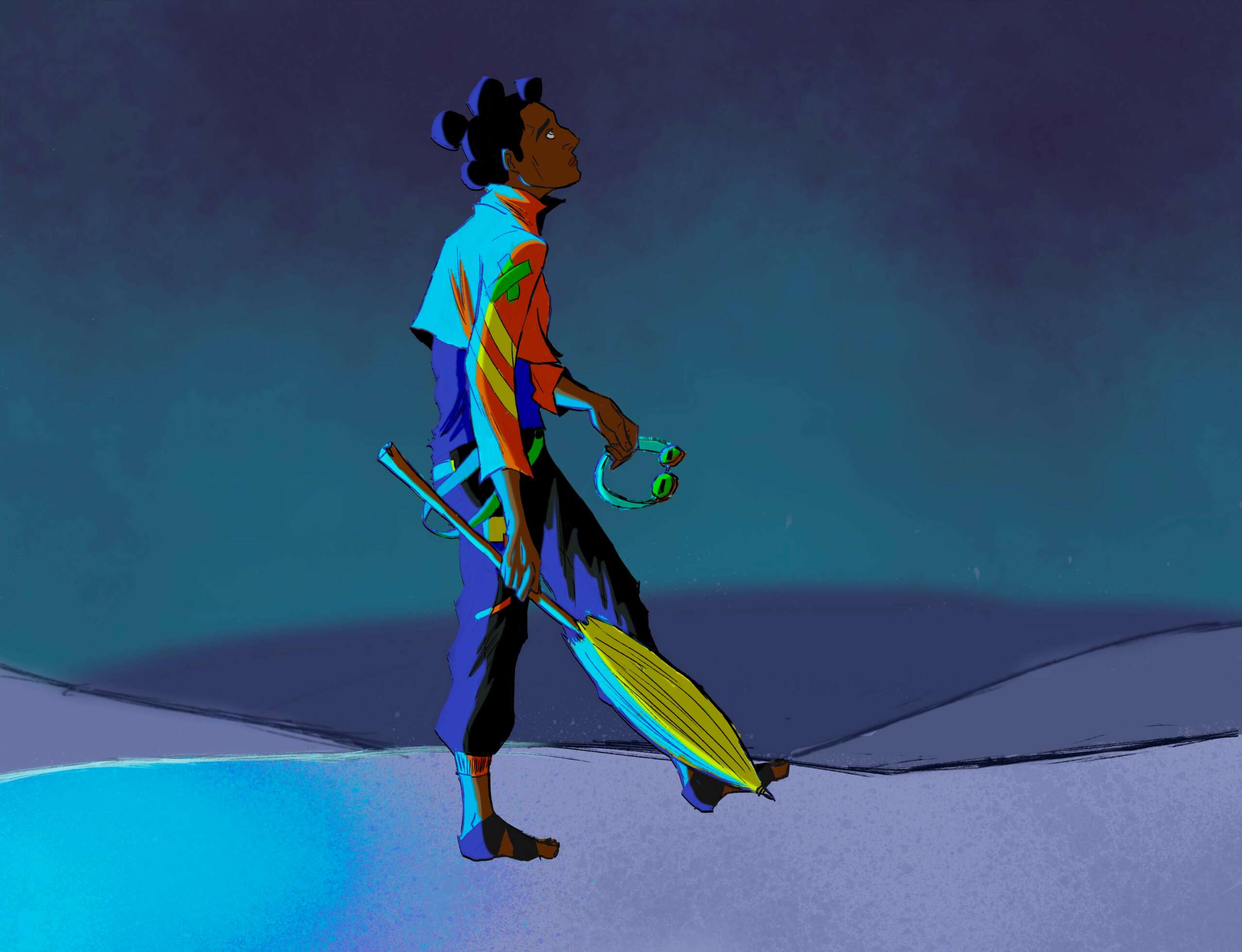
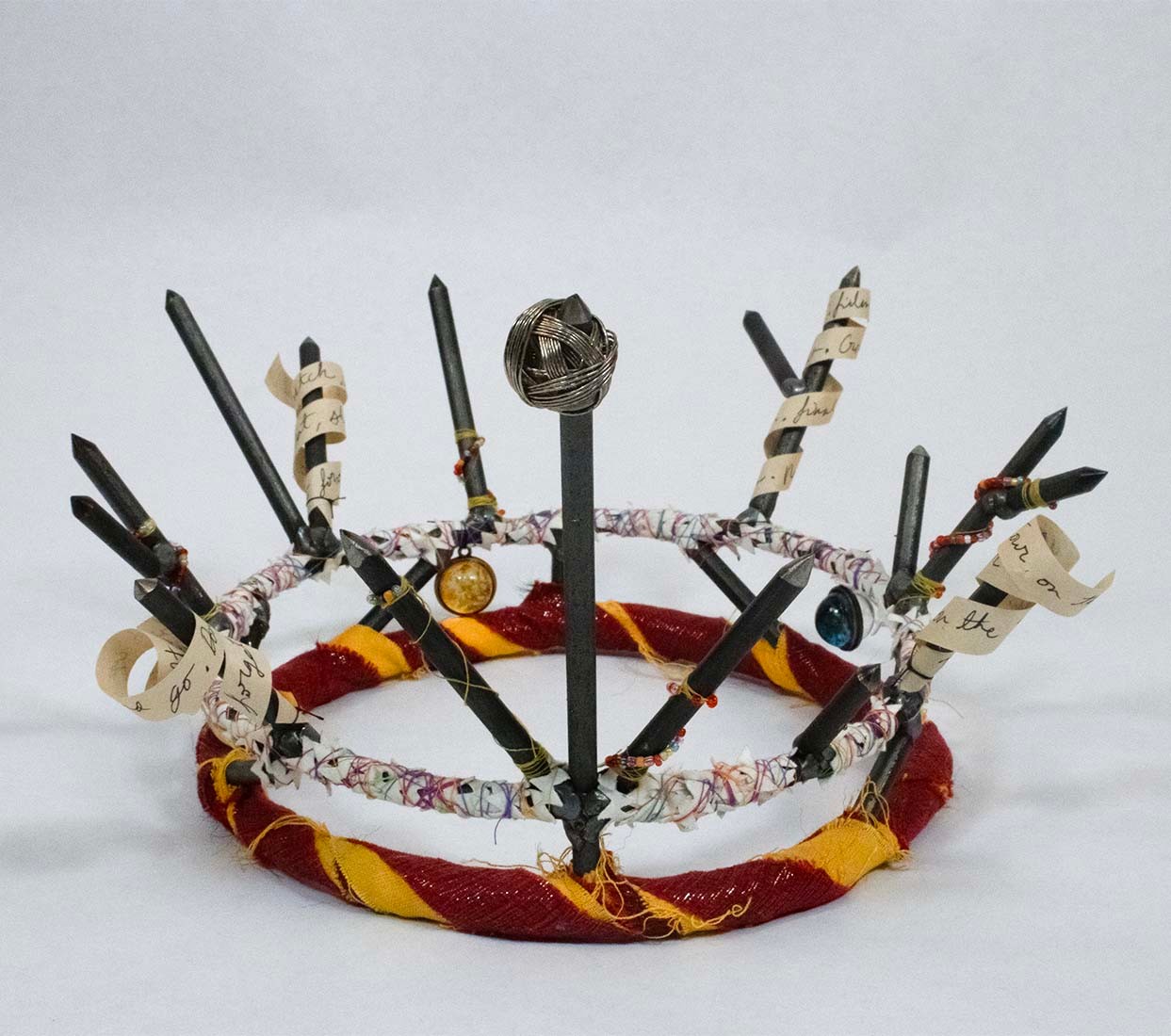
How about pivoting – can you share the story of a time you’ve had to pivot?
When I first started college I was a illustration major which fit my practice at the time but something felt off. I still wanted to draw but at times it felt constrained and like I wasn’t able to fully allow my imagination to flow. There as also a sense of competition within illustration which was causing me to be stressed about my work instead of creating what I wanted, I looked into other fields within the college and found interdisciplinary sculpture. I was hesitant to make such a large jump form 2D to 3D work but knew that I would benefit from it. The start of sculpture was rough since I was thrown into a world that I was not trained in but my art thrived. I was able to have more freedom with my ideas and due to the broadness of the prompts there was little to no competition. I think that this was one of the best choices that has come out of my art career so far. It has allowed me to have a more diverse field within art and my projects and ideas are no longer constrained.


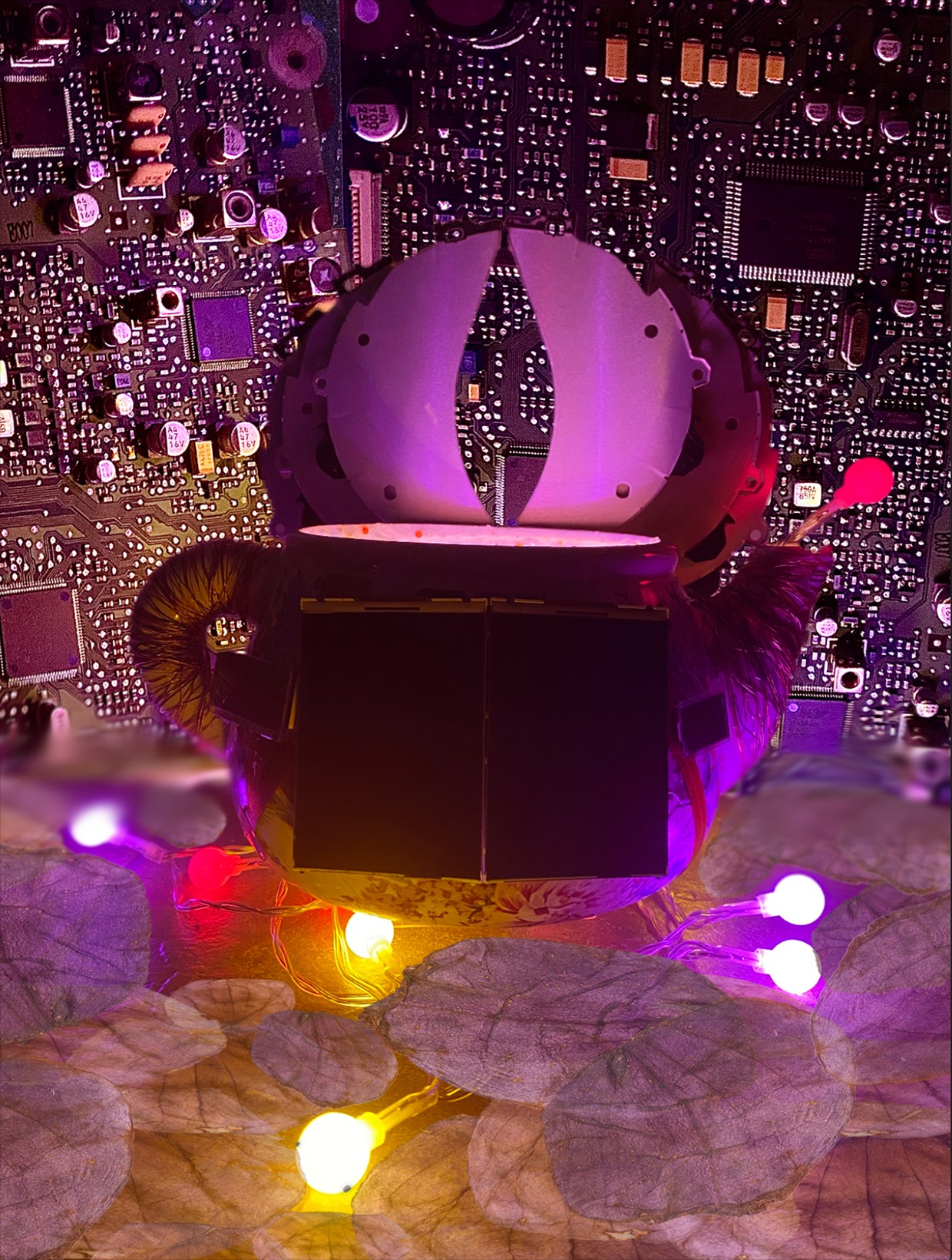
We often hear about learning lessons – but just as important is unlearning lessons. Have you ever had to unlearn a lesson?
A lesson that I had to learn is that if there is a professor that is failing at their duties you have every right to question them. There is the idea that the professor is always right is not always the case. I had to learn this multiple times throughout my college career. I had teachers who would look at my thumbnail sketches, the first step of a drawing, and then critique them for 30 minutes while the rest were given minor notes. Other times I had a teacher that had only their perspective of the image and conformed everyone’s illustration into their own ideas. The one event that truly taught me this lesson was when I had a final coming up and the teacher refused to help, I was unable to get input for the project and was left to do it by myself. This led to a harsh critique that was not productive in the end. When it comes to professors you must be aware that they will have some wrong decisions and that you have other sources of knowledge that you can go to that will help you grow as an artist. Most professors are willing to help you and share their knowledge but some lack a open mindedness that is required to be a effective professor.
Contact Info:
- Instagram: k.o.mess_of_art


